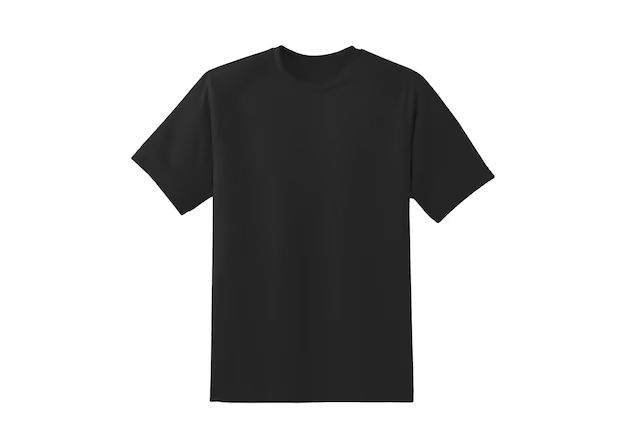Many people wonder if wearing black shirts causes you to feel hotter in sunny or warm weather conditions. Black clothing absorbs light and radiation from the sun, potentially leading some to believe it traps heat close to the body. However, the color of your clothing has less impact on temperature regulation than other factors. Let’s explore whether black shirts really make you hotter.
How Black Shirts Interact with Light and Heat
Black clothing absorbs visible light from the sun rather than reflecting it. As light energy is absorbed, it is converted into heat. This causes black clothing to heat up more than lighter colors under sunlight. However, the human body also emits infrared radiation as part of its heat. Black clothing absorbs this infrared radiation before it can dissipate into the air. This process can give the perception that black clothing traps heat close to the body.
Impact on Thermoregulation
So black shirts do absorb more sunlight and retain more body heat. But does this actually impact your body temperature in a significant way? Human thermoregulation depends on multiple complex factors:
| Factor | Impact on Body Temperature |
|---|---|
| Metabolic rate | Generates internal body heat based on physical activity level |
| Perspiration | Evaporative cooling from sweat cools the body |
| Blood circulation | Transfers heat from core to periphery for dissipation |
| Skin exposure | Exposes skin for heat exchange with environment |
Research shows the effect of clothing color on temperature is minor compared to these core thermoregulation processes. A black shirt absorbs a little more heat, but your body has effective ways of maintaining its temperature within a safe range.
Impact of Fabric and Looseness
Beyond color, the fabric and looseness of a shirt impact warmth much more. Tight-fitting and synthetic fabrics trap heat and moisture close to the skin, impeding cooling. Natural loose-fitting fabrics like cotton or linen allow better airflow and ventilation. This airflow does more to cool than shirt color. A loose black cotton shirt will allow more cooling than a tight polyester shirt of any color.
Impact of Environment
Environmental factors like humidity, wind, and sun exposure override any minor color effect. On a dry breezy day, you likely won’t overheat even in black. But on a humid still day, you’ll feel warm regardless of color. Seeking shade and airflow have a bigger cooling effect than shirt color when humidity is high.
Studies on Black Shirts and Temperature
Scientific studies bear out the minor influence of black shirts on body temperature:
– A 2012 study had subjects wear shirts of different colors while standing in direct sunlight for an hour. While black shirts absorbed the most heat, the difference in core body temperature was no more than 0.36°F compared to white shirts.
– A 2013 study had subjects wear black or white athletic jerseys and run on a treadmill in a hot room. Black-clad runners had skin temperatures averaging 1°F higher than those in white. However, core temperatures only differed by an average of 0.18°F.
– A 2018 study exposed subjects wearing black or white t-shirts to UV radiation. While black shirts absorbed more radiation, the difference in core temperature was less than 0.9°F.
These minor differences suggest black shirts have a negligible effect on thermoregulation compared to exercise, environment, and physiology.
Tips for Staying Cool in Black Shirts
If you want to wear black shirts in hot weather, here are some tips to stay cool:
– Choose loose, lightweight natural fabrics like linen or cotton that breathe well. Avoid clingy synthetics.
– Wear full-sleeve shirts to protect your skin from direct sun exposure. Sunburn inhibits the body’s cooling mechanisms.
– Stay hydrated and avoid strenuous exercise in peak sun. Drinking water and reducing metabolic heat generation helps compensate for any added clothing absorption.
– Seek shade or indoor spaces with airflow/AC to allow your body to dissipate heat regularly.
– Carry a small towel or handkerchief to wipe sweat and allow evaporative cooling.
– Apply sunscreen to prevent burns, especially on exposed skin. Sunburns impede thermoregulation.
– Change your shirt if it gets soaked with sweat, which reduces its breathability.
Conclusion
In summary, while black shirts may technically absorb a little more heat from sunlight and radiation, the effect on your body’s core temperature regulation is minor. The color and fabric of your clothing plays a smaller role than environmental conditions, metabolic rate, and access to airflow when it comes to staying cool. Following proper hydration, sun protection, and heat avoidance behaviors will allow you to stay comfortable in black shirts in warm weather. Rather than worry about color, focus on wearing loose, breathable fabrics and accessing shade or AC regularly to prevent overheating.


